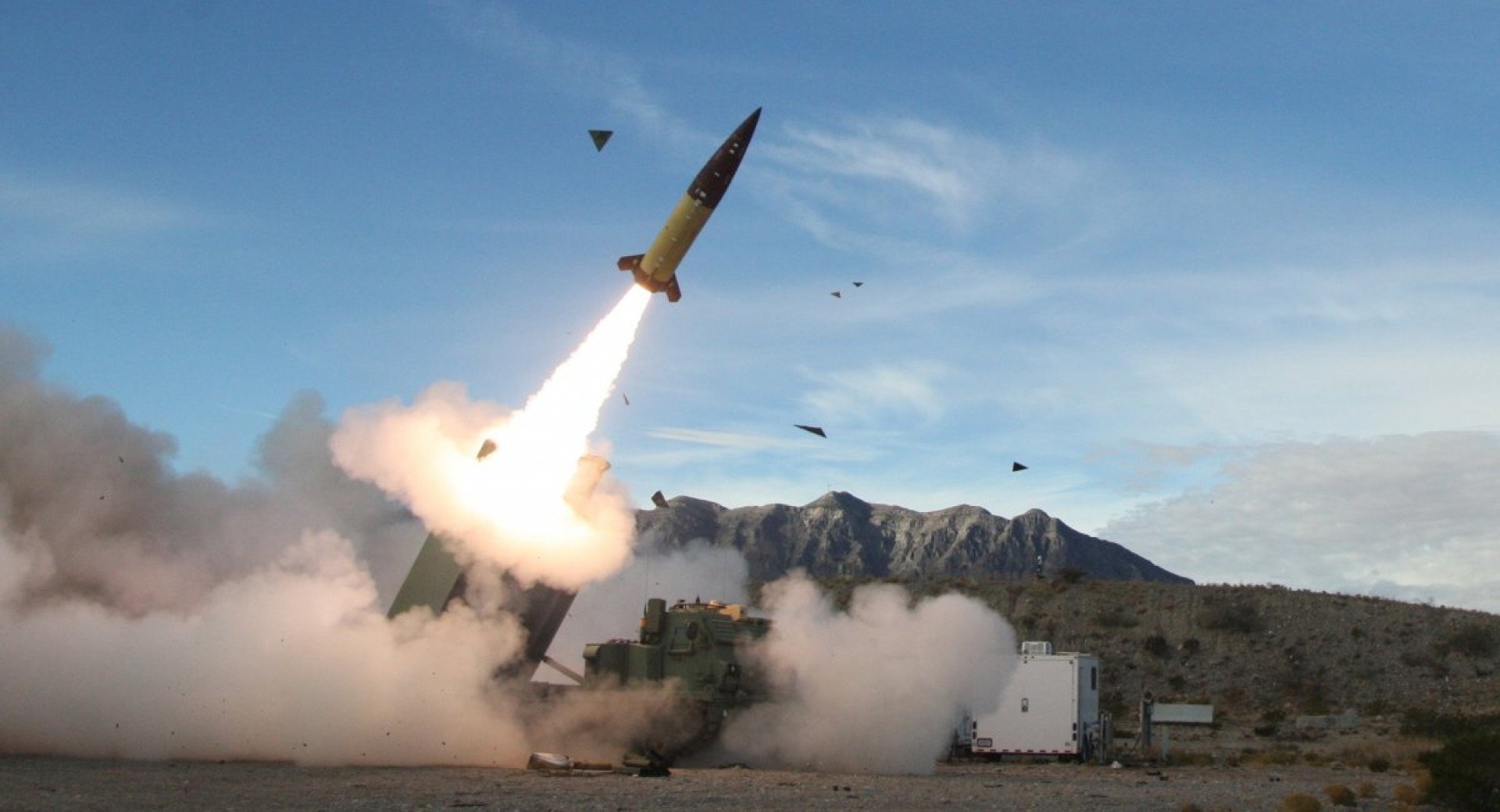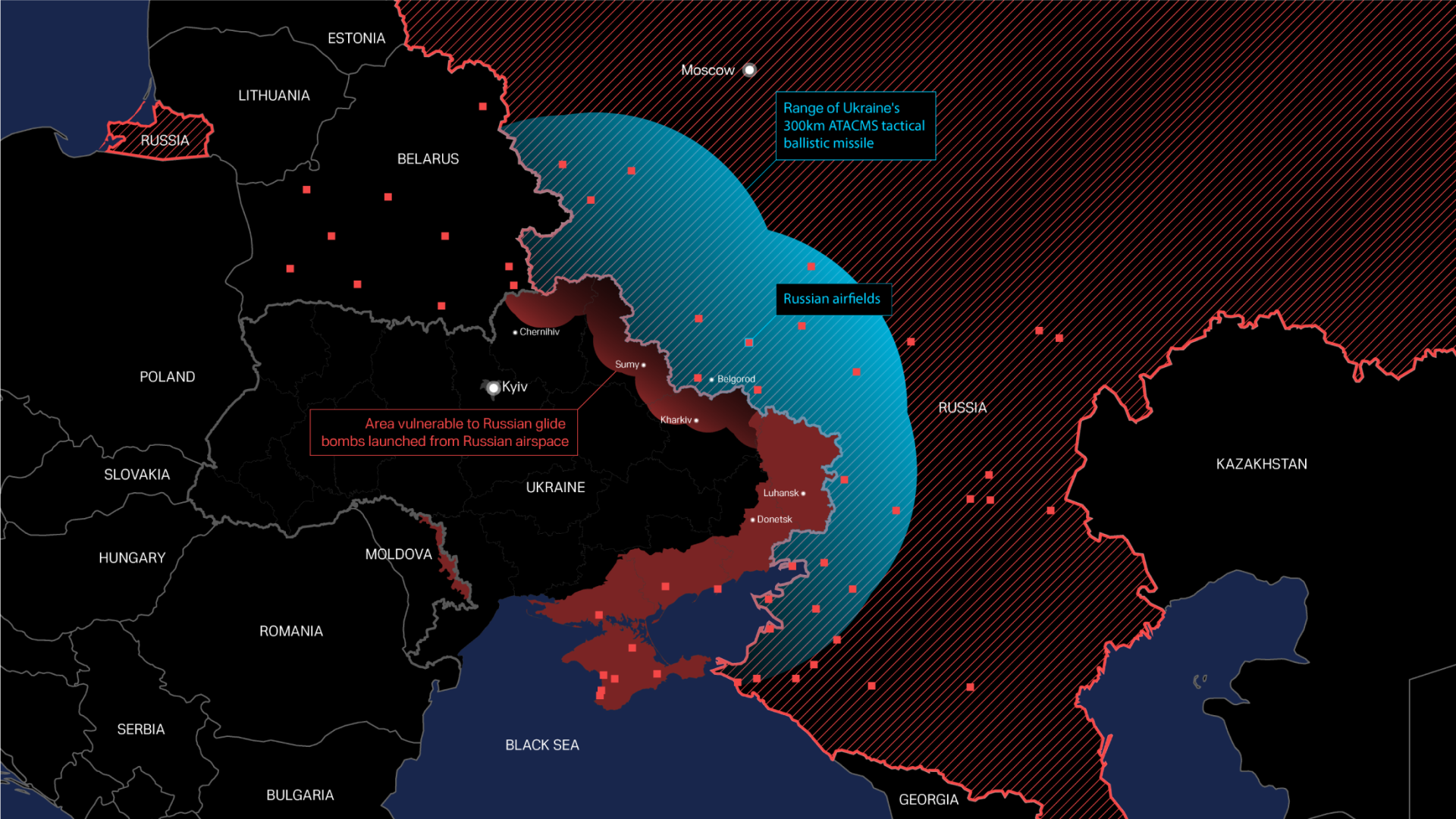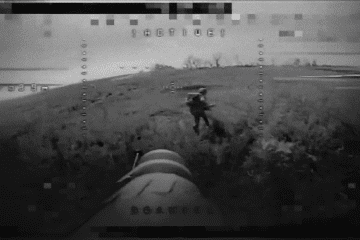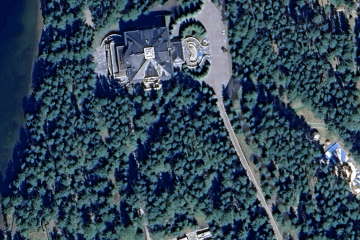- Category
- War in Ukraine
Here's How Long-Range Missiles Will Allow Ukraine to Repel Russian Aviation

Ukraine is seeking permission to strike with long-range missiles, such as ATACMS or Storm Shadow, at distances greater than 100 km into Russian territory.
In March 2024, Russian forces began actively shelling Kharkiv and the Kharkiv region using two main methods: ballistic missiles launched from S-300/S-400 systems and guided aerial bombs (KABs) released from fighters 50-70 km from their targets. This latter method saw increased use, with Russian aviation using KABs to pressure Avdiivka, strike Chasiv Yar, and attack during the opening of a new front in the Kharkiv region.
Until spring 2024, Ukraine did not use Western partners' weapons to strike targets inside Russia, focusing only on occupied Ukrainian territories: Luhansk, Donetsk, Zaporizhzhia, Kherson regions, and Crimea. However, it became clear that such restrictions allowed the Russian army to utilize its rear areas actively. For instance, the Kharkiv region borders the Belgorod region, and the city of Kharkiv is only 30 km from the Russian border. Ballistic missiles from the S-300/S-400 systems in Belgorod, 40 km from the border, were used to shell Kharkiv. Ukrainian intelligence knew where the Russian weapons were but could not reach them.
Thus, obtaining permission from partners to use long-range missiles against Russian territory was crucial. By early June 2024, this permission was granted.
On June 3, it was reported that Ukrainian forces, using HIMARS and ATACMS missiles, destroyed an S-400 system in the Belgorod region. Consequently, ballistic missile attacks on Kharkiv ceased. In the following weeks, the Russians moved this type of weapon away from the Kharkiv border, and some were also destroyed by Ukraine.
Guided Aerial Bombs (KABs)
However, the second threat remains—Russian aviation and KABs. In May 2024 alone, Russian aviation deployed 3,200 KABs against Ukrainian positions, over 100 bombs daily, weighing between 500 to 3000 kg each. This deadly weaponry poses a significant threat. How can it be countered?
One way is through air defense systems capable of intercepting bombs and missiles at long distances. Another, considered more effective by experts and the Ukrainian military, is to destroy the aircraft and airfields from which they operate.

According to the Associated Press, a new Russian airfield is nearing completion 100 km from the Ukrainian border. Within 100 km, there are at least eight such airfields, and within 300 km, nearly 20 military airfields, plus a dozen more in occupied Ukrainian territories. All these airfields and the aircraft on them are potential targets for long-range missiles from Western partners: ATACMS and Storm Shadow/SCALP.
This is why the Ukrainian military is requesting permission to strike not just near the border with the Kharkiv region but across the entirety of Russian territory where feasible. Potential targets include command posts, weapon depots, equipment concentrations, and enemy personnel.
The ability to destroy military airfields would reduce the enemy's aviation activity and capability to launch such a large number of KABs at Ukrainian positions. While it won't eliminate the KAB threat entirely, pushing Russian aviation further from the Ukrainian border would complicate their logistics and operational execution, reducing the speed and intensity of their operations.
Additionally, using long-range missiles on Russian territory would enable strikes on military targets along the Azov Sea coast, including Russian port infrastructure. The idea of long-range strikes with Western partners' weapons is to address the root causes rather than just the symptoms. Destroying Russian aviation would protect Ukrainian cities and frontline positions from destruction and significantly bolster the forthcoming F-16 and Mirage-2000 aircraft from Western partners.
-29a1a43aba23f9bb779a1ac8b98d2121.jpeg)

-f88628fa403b11af0b72ec7b062ce954.jpeg)
-b63fc610dd4af1b737643522d6baf184.jpg)



-24deccd511006ba79cfc4d798c6c2ef5.jpeg)